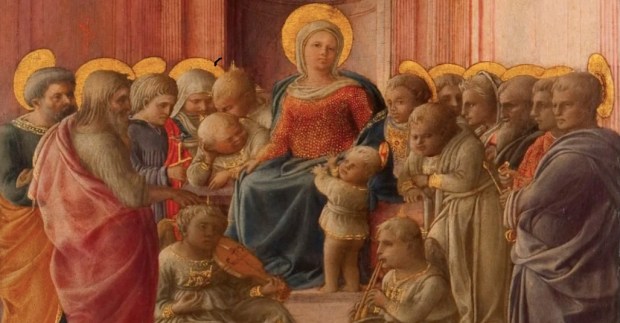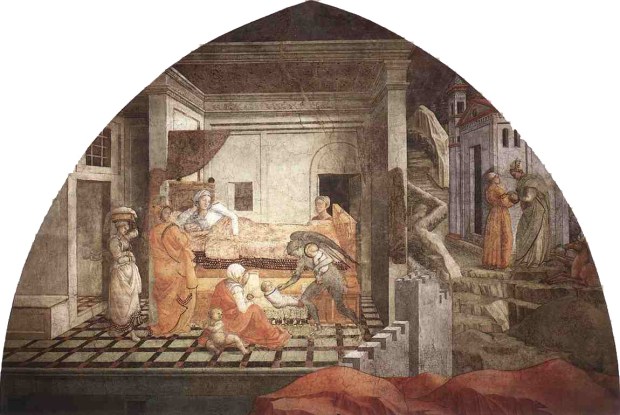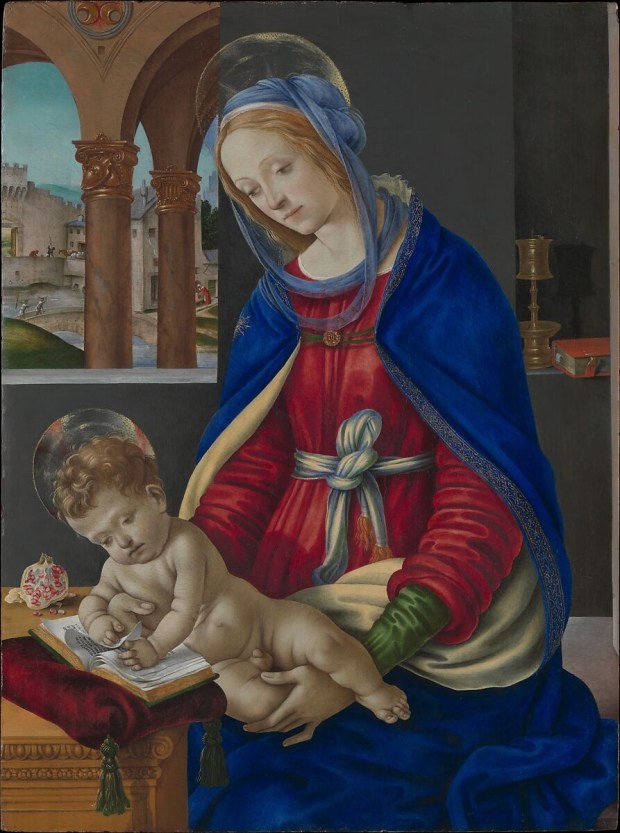Lenten Campaign 2025
This content is free of charge, as are all our articles.
Support us with a donation that is tax-deductible and enable us to continue to reach millions of readers.
When learning about art history, it is not uncommon to run into families who transmit their skills from one generation to the next. Titian famously passed down his trade to his son, Oratium Vecellium; Raphael learned his trade from his dad, Giovanni de’ Santi; and female Baroque artist Artemisia Gentileschi took after her father Oratium Gentileschi.
Now, a new exhibition at Rome’s Capitol Museum will explore the legacy of one of the most influential father-and-son duos in art history, the Lippis. Opening on April 30, 2024, the exhibition, titled “From Father to Son: Filippo and Filippino Lippi, 15th-Century Florentine Painters,” explores how the Lippis influenced the visual style of the Renaissance.

Born in 1406 in Florence, Filippo Lippi was an early Renaissance master who taught many leading figures of the Renaissance including Sandro Botticelli. At the age of 8, he was taken in by the Carmelite convent of Santa Maria del Carmine because his family could no longer afford to support him. There, Lippi was educated by Carmelite priests.
According to historian Giorgio Vasari, he took on painting after watching Masaccio at work inside Santa Maria del Carmine church. His most influential pieces are a series of frescoes depicting the lives of St. John the Baptist and St. Stephen, completed between 1452 and 1465 for Prato’s cathedral. The sense of movement in some of Lippi's subjects, including the figure of Salomè, influenced works by his pupils like Sandro Botticelli and his son, Filippino Lippi.

Filippino Lippi was born in Prato in 1457 and became one of the leading figures of the Renaissance, often co-signing works alongside his master Sandro Botticelli. Like Botticelli, Filippino learned painting from his father Filippo Lippi, contributing to works that Lippi senior was undertaking for Spoleto Cathedral, such as a fresco depicting scenes from the life of the Virgin Mary.
After the death of his father, 12-year-old Filippino Lippi kept working as an assistant for Sandro Botticelli. Together, the two artists created a series of panels for marriage chests, which were later dismantled into separate pieces currently kept in different museums such as the Louvre and the National Gallery of Canada.
Like Botticelli, Filippo Lippi left a profound influence on Renaissance art with a style marked by animated lines and a warm color palette. Some of his greatest works were completed for Florence’s Strozzi Chapel, including a fresco depicting a moving scene of St. John reviving Drusiana.

The exhibition “From Father to Son: Filippo and Filippino Lippi, 15th-Century Florentine Painters,” open until July, 30 2024, will allow visitors to grasp how Filippo Lippi’s style was passed down to his son, who later took it a step further reflecting the emerging visual sensibilities of the mature Renaissance period.
Tickets can be booked online.



